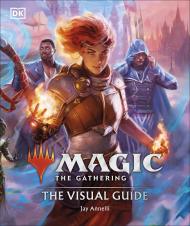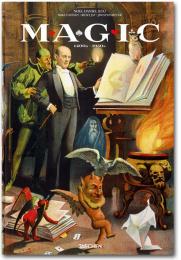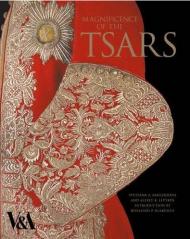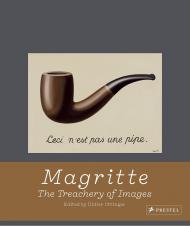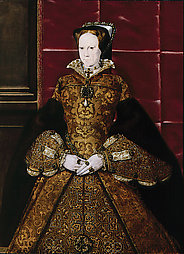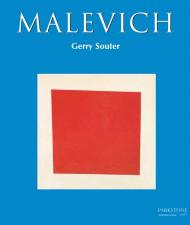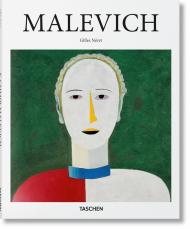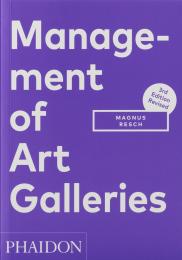Explore the planes of magic on a spellbinding journey of discovery
Magic: The Gathering is a fantastical Multiverse of mystical beings, fabled realms, and mythical creatures. Dominating all are the mighty magic users known as planeswalkers. To be a planeswalker is to be powerful beyond measure-a being who can bend magic to their will and step through the veil of reality itself. These fearsome mages cross between the planes of existence, battling to save others or to destroy them, to fight darkness or to create it.
Magic: The Gathering The Visual Guide illuminates the wondrous worlds they traverse, reveals their arcane lore, weapons, artefacts, and spells, and recounts their legendary exploits. Produced in close collaboration with Wizards of the Coast and featuring never before published profiles of new planes, such as Strixhaven and Kaldheim, this book is the first time MTG's key characters and locations are showcased in one sumptuous, indispensable, and up-to-date guide to its vast and expanding Multiverse.
© 2022 Wizards of the Coast LLC
__________
Пролистатть книгу Magic The Gathering The Visual Guide на Google Books
